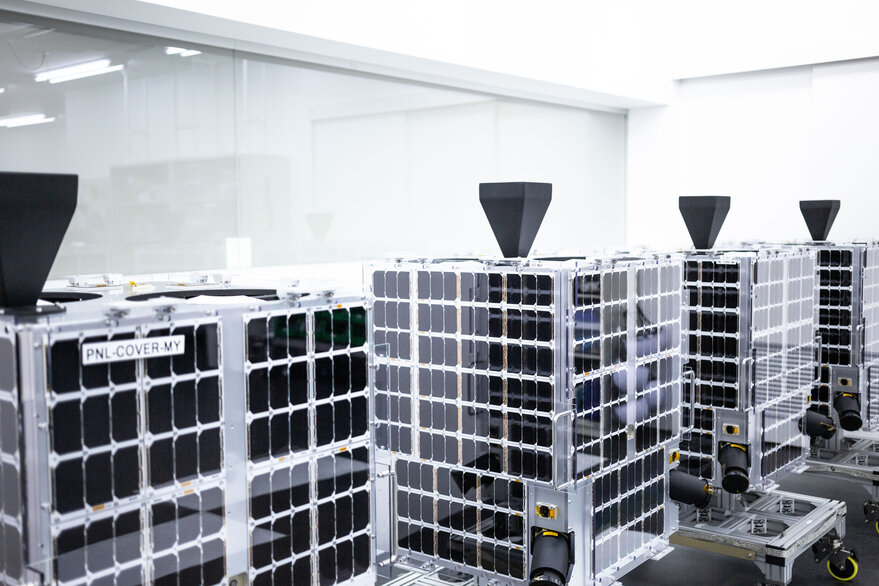SAN FRANCISCO – With four satellites scheduled to launch in 2021, Tokyo-based Axelspace Corp. is moving toward its goal of capturing daily, global Earth imagery.
“The additional satellites will help us jump the curve by elevating the revisit rate to up to 1.4 days,” Yasunori Yamazaki, Axelspace chief business officer, told SpaceNews by email.
Alexspace began commercial operations in 2019 with imagery from its first 100-kilogram satellite launched in 2018. Alexspace announced plans Nov. 11 to send four satellites into sun-synchronous orbit in March on a Soyuz-2 rocket from Baikonur Cosmodrome, Kazakhstan.
When the company has five satellites, its constellation will revisit mid-latitude regions including Japan an average of 1.4 times per day and low-latitude areas once every three days.
While awaiting the launch, Axelspace is continuing to build satellites to expand its Earth-observation constellation.
“The simultaneous development of four satellites was the first step towards full-scale mass production,” Axelspace said in a Nov. 11 news release.
Alexspace satellites, called GRUS, are equipped with cameras to gather imagery with a resolution of 2.5 meters in red, blue and green, near-infrared and red-edge wavelengths.
The imagery is designed for customers seeking to detect changes in agricultural fields and forests in addition to tracking economic trends and conducting environment monitoring.
In October, Axelspace began offering a business continuity planning (BCP) service.
“We offer satellite images to solve the pressing needs to monitor disaster-prone areas to mitigate the damage, starting only from a monthly fee of $500,” Yamazaki said.
Prior to accidents or disasters, Axelspace captures imagery of facilities and the surrounding area for BCP customers. After an event, Axelspace provides customers with information on the state of their assets and the surrounding environment.
Axelspace offers customers access to imagery through AxelGlobe, a web-based Earth observation platform.
